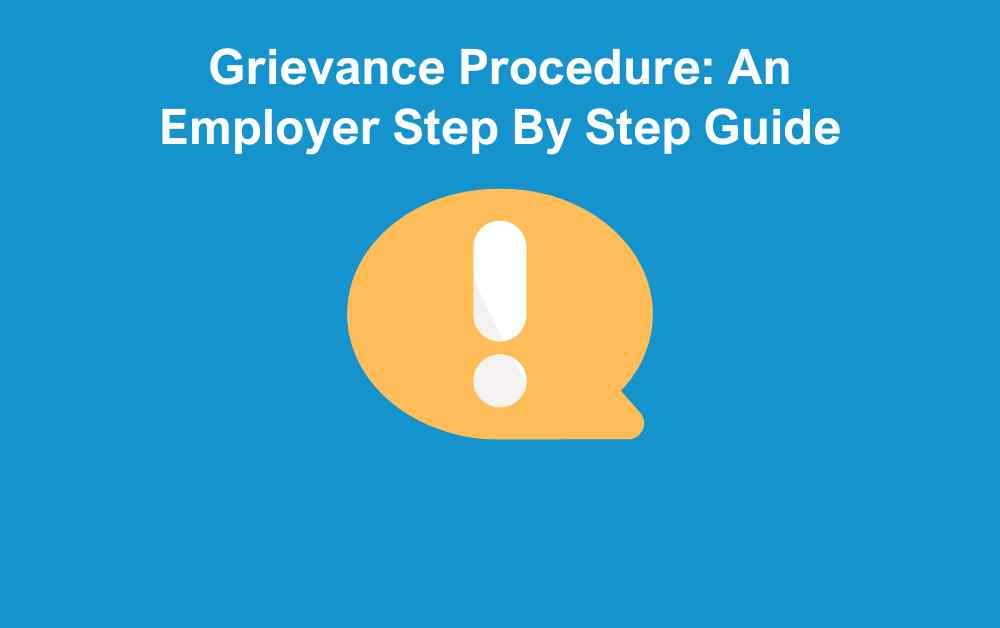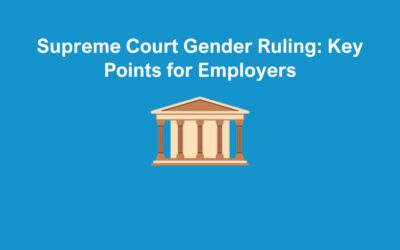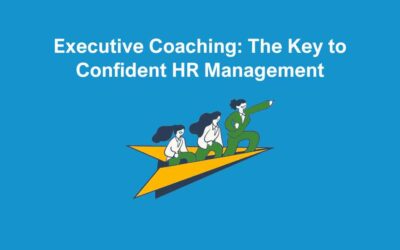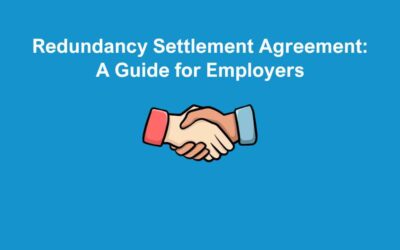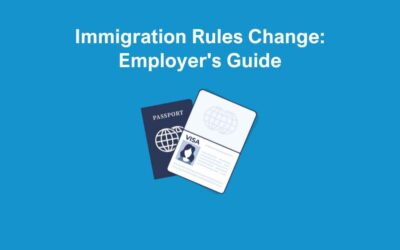Common workplace complaints include disputes, health and safety issues, employee benefits, and holiday entitlement, many of which can be resolved informally. However, serious concerns like harassment and inappropriate behaviour are on the rise. This requires robust procedures and proper training to mitigate risks. If poorly handled, this can lead to costly tribunals, stress, and reputational damage, affecting your ability to attract and retain talent. Here are our top tips to avoid this:
What is a Grievance Procedure?
A grievance procedure is a formal process by which an employee can raise concerns or complaints regarding workplace issues. These issues might involve conflicts with colleagues, unfair treatment, unsafe working conditions, or breaches of employment terms. Having a robust grievance procedure in place is essential for employers to resolve disputes constructively and avoid potential legal complications.
Formal Grievance
A formal complaint is a structured process used by an employee to raise concerns or complaints about issues in the workplace. This may be unfair treatment, harassment, discrimination, or breaches of company policies. It involves submitting a written statement to the employer outlining the nature of the complaint. This is then investigated in line with the organisation’s grievance procedure. The aim is to resolve the issue fairly and efficiently, ensuring both parties have an opportunity to present their views and seek a satisfactory resolution.
Informal Grievance
An informal complaint is a less formal way for an employee to raise a concern or complaint about a workplace issue. This can be a misunderstanding, minor conflict, or dissatisfaction. Instead of following a formal process, the employee typically discusses the matter directly with their line manager or another appropriate person, aiming for a quick and amicable resolution. This approach encourages open communication and can often resolve issues efficiently without escalating to a formal grievance procedure.
The Importance of Following a Formal Procedure
If your employee raises a formal grievance, it’s important you follow a formal procedure. You are required by law to have a written grievance procedure in place. If you don’t, we strongly advice you to seek an experienced HR expert to support you with this. This should include information on who employees should contact, what the process involves, and response times for each stage.
Once an issue has been raised, you must take it seriously. This can not only protect you from a tribunal, but it also helps to maintain a good working relationship.
Who Should Carry Out The Grievance Procedure?
A grievance procedure should be carried out by a manager or HR professional who is impartial and appropriately trained to handle such matters. It should be someone not directly involved in the grievance to ensure fairness and objectivity. For serious or complex cases, a senior manager or external consultant may be involved. The person conducting the procedure must follow the organisation’s grievance policy. They should also ensure the process is handled confidentially, professionally, and in line with employment law.
A Step By Step Guide
Initial Meeting
We recommend setting up a meeting with the employee to understand the issue more. As part of the grievance procedure, they are entitled to bring someone to any meeting you set up regarding the issue. This person is there to act as a witness; it could be a trade union representative, colleague, or someone else relevant to their role. The meeting should be a two-way process, so while it’s important that you listen closely to their complaint and possible solutions, they should also be prepared to listen to any input you have on the situation, too.
You must keep a record of the meeting, even if it’s informal. Include details of the problem, the action you took when the problem was raised, what was talked about, next steps that was agreed, and the reasons for the these steps.
If neither party has reasonable solutions to resolve the concern, the employee will then have to submit a grievance letter to start the formal process.
The Grievance Investigation
Once you have received the grievance letter, you must conduct a formal investigation to gather any relevant information. Before you start the investigation, you should contact everyone involved and let them know how long this will take. This is an important part of the grievance process.
The person working on the investigation should have had no personal involvement in the matter at hand. It’s also crucial that everything is handled with confidentiality. In addition, witnesses should be informed that they are not to discuss the matter with any colleagues. You should also keep a record of anything discussed or found during the investigation.
Once you have all your findings and the investigation process is complete, it’s time to arrange a grievance hearing. You must inform everyone so they can prepare. Ideally, this should be within 5 days. This should give your employee the opportunity to explain their side in detail as part of the grievance process and, again, set out the outcome they would like to see.
The Grievance Hearing
The grievance hearing is where the staff member will discuss their grievance and provide evidence to support this. Everyone involved must attend this meeting. Staff are also entitled to bring along a colleague, union representative, or someone else relevant, as well as an interpreter or carer, where necessary.
During this time, you must discuss how the employee would like the issue resolved and what you can do as their employer to help. Similar to the initial meeting, you must record this and share with all attendees within the agreed timeframe.
The Decision
After the hearing, you may need to to carry out further investigation as part of the grievance process, or you may be able to come to a conclusion. Any decisions you come to following the hearing must be shared with your employee, in writing, as soon as possible. You should also make it clear that they have a right to appeal your decision.
The Appeal
If your employee is not happy with the outcome, they have the right to appeal. If they do, you must hear their appeal without unreasonable delay. You should then arrange a meeting, and your employee has the right to be accompanied again. The only difference is that this meeting should be held by someone who wasn’t involved in the initial grievance process. If you don’t have anyone experienced enough to take over In these cases, it’s appropriate to outsource HR support.
Your employee should be given the opportunity to explain why they disagree with your decision and what they think the outcome should be. It will then be up to the person hearing the appeal to decide whether it was handled correctly, and decide on a new outcome.
In Conclusion
This article is a brief overview and there can be a lot more to consider when a grievance is raised, depending on the nature of the complaint. If you would like support with a grievance procedure, you can contact us on 01383 668 178 or info@thehrbooth.co.uk.

